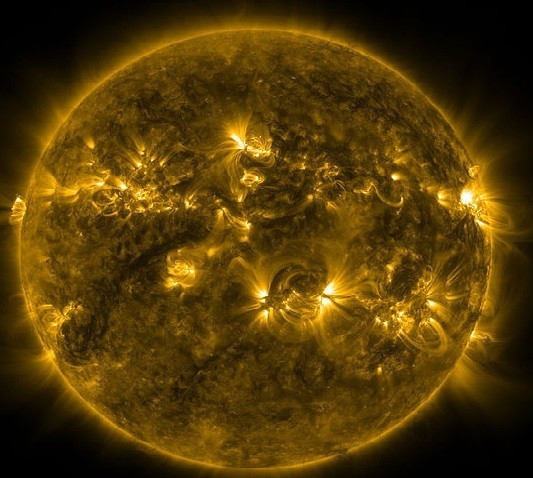Global warming established with detection of atmosphere hotspot

Strong warming detected in the upper troposphere has sealed the debate on global warming. The hotspot detected was expected and appears in many climate models.
Researchers at the ARC Centre of Excellence for Climate System Science have produced a publicly available temperature and wind data set of the upper troposphere extending from 1958 to 2012, as a clear evidence of emissions induced climate change.
The study is published in Environmental Research Letters.
"Using more recent data and better analysis methods we have been able to re-examine the global weather balloon network, known as radiosondes, and have found clear indications of warming in the upper troposphere," said lead author ARC Centre of Excellence for Climate System Science chief investigator professor Steve Sherwood.

The inability to detect this hotspot previously has been used by skeptics to point out that there is no real warming in the atmosphere.
Reported discrepancies between the amount of warming near the surface and higher in the atmosphere were used to challenge the reliability of climate models and the reality of human-induced global warming.
The world added around 100 billion tonnes of carbon to the atmosphere between 2000 and 2010, a quarter of all the CO₂ put there by humans since 1750. Carbon dioxide is a greenhouse gas that traps heat reflected off the surface.
The new dataset was the result of extending an existing data record for which corrections were made to remove contributions from external objects.
Instead of climate models the researchers used observations and combined two well-known techniques -- linear regression and Kriging.
"We deduced from the data what natural weather and climate variations look like, then found anomalies in the data that looked more like sudden one-off shifts from these natural variations and removed them," said professor Sherwood.
The results show that despite the hiatus in surface warming, the troposphere has continued to heat up except for a very thin layer at around 14-15km above the surface.
The researchers also found a 10% increase in winds over the Southern Ocean which could be the result of ozone depletion.
"I am very interested in these wind speed increases and whether they may have also played some role in slowing down the warming at the surface of the ocean," said professor Sherwood.
© Copyright IBTimes 2025. All rights reserved.





















